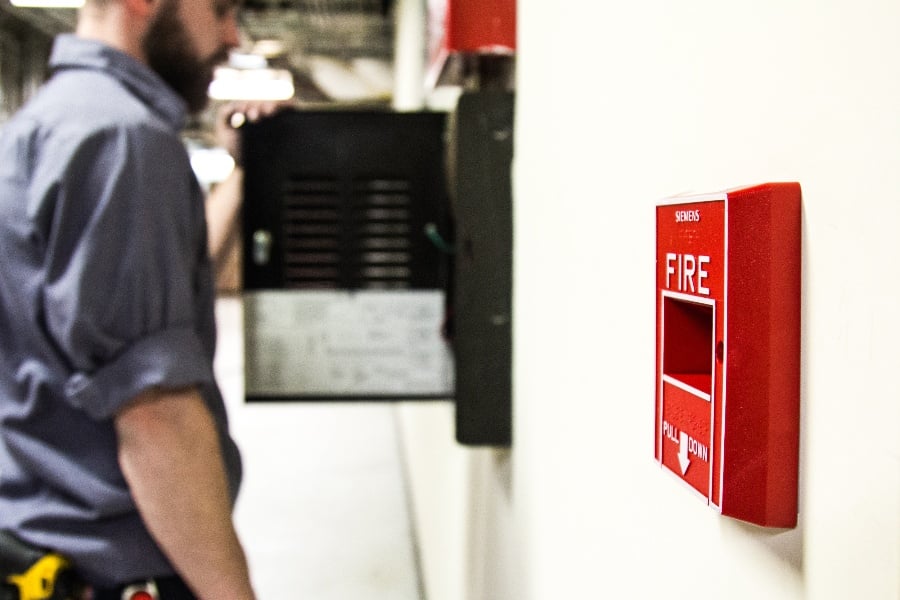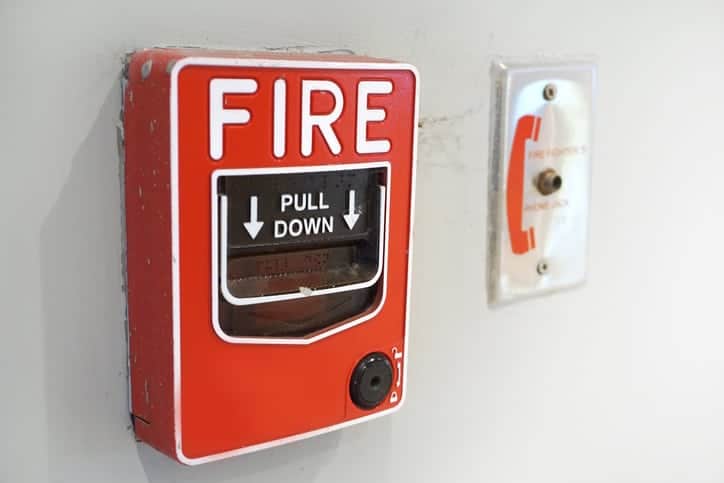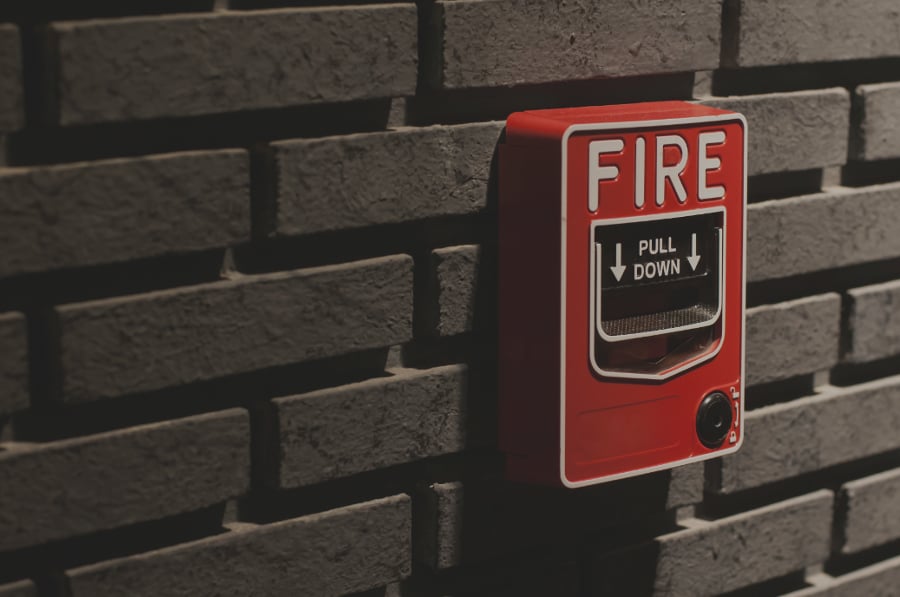
Fire Alarm System Inspection Checklist: What to Look for & How to Fix It
Leave your thoughtsFire Alarm System Inspection
Fire alarm systems are important for protecting life and property in any building. They alert the occupants and the authorities of a fire emergency and activate the sprinklers and other fire suppression systems. However, fire alarm systems are not infallible. They can malfunction, degrade, or become outdated over time. That’s why regular system inspection is necessary to ensure they work properly and comply with the codes and standards.
Here is an in-depth fire alarm system inspection checklist covering various critical components and aspects of these systems.
What is Fire Alarm System Inspection?
Fire alarm inspection is the process of testing and verifying the functionality and performance of a fire alarm system. It involves checking the various components of the system, such as the control panel, the detectors, the notification devices, the wiring, the power supply, and the backup batteries. It also involves checking the documentation, such as the installation records, the maintenance logs, the testing reports, and the certificates.
Fire system inspection is different from fire alarm system maintenance and testing. Maintenance is the routine servicing and cleaning of the system to prevent deterioration and damage. Testing is the periodic activation of the system to simulate a fire emergency and confirm its operation. Inspection is the comprehensive evaluation of the system to identify any defects, faults, or violations.
Why Fire Alarm System Inspection Matters
Understanding the importance of alarm system inspection is key. It serves several crucial purposes:
· Safety Assurance
A properly functioning fire alarm system is crucial for the safety of the building’s occupants. A malfunctioning system may fail to detect or alert to a fire, putting lives and property at risk.
· Legal Compliance
Non-compliance with local, state, or federal codes and standards can result in fines and penalties, making inspections essential to avoid legal consequences.
· Cost Savings
Timely inspections can prevent costly repairs and replacements. Neglecting an outdated or defective system can lead to false alarms, malfunctions, or breakdowns.
· Enhanced Lifespan
Regular inspections and maintenance contribute to an extended, more efficient lifespan for your fire alarm system inspection.

Frequency of Inspection
The frequency of fire alarm system inspection depends on several factors, including the type of building, the complexity of the system, its age, and the applicable codes and standards. Generally, inspections should occur at least annually, but some components may require more frequent checks. Inspections are essential after any modifications, additions, or renovations to the building or the system.
Key Inspection Points
A thorough fire system inspection involves examining critical areas, including:
1. Control Panel
- Ensure the power supply and backup batteries are in optimal condition.
- Verify the integrity of wiring connections, which are crucial for communication.
- Check the indicators and displays to guarantee clear functionality.
- Test the responsiveness of switches and buttons.
- Keep software and firmware up to date for accurate performance.
- Maintain history logs for precise record-keeping.
- Confirm that alarms and trouble signals are both audible and visible.
- Ensure reliable communication with remote monitoring stations.
2. Detectors
- Verify the appropriateness of detector location and placement.
- Ensure that detector types and sensitivities match their environmental conditions.
- Check wiring connections and battery function for proper operation.
- Test the responsiveness of test buttons (if applicable).
- Follow cleaning and tuning procedures according to the manufacturer’s instructions.
3. Notification Devices
- Confirm that notification device location and placement adhere to regulatory standards.
- Verify that notification device types and volumes are suitable for their respective environments.
- Check wiring connections and battery function for consistent operation.
- Synchronize notification devices according to the manufacturer’s guidelines.
- Ensure that both audibility and visibility are effective.
4. Documentation
- Maintain complete and accurate installation records.
- Keep maintenance logs up to date and detailed for thorough documentation.
- Ensure testing reports are current and valid.
- Update and make as-built drawings available for reference.
- Keep manuals and instructions accessible and easy to understand.
Fixing Issues During Inspection
If issues are detected during the fire alarm system inspection, it’s essential to take immediate corrective action:
- Reset or reboot the control panel to resolve minor problems.
- Replace or recharge batteries as needed for uninterrupted functionality.
- Repair or replace wiring connections for secure and reliable communication.
- Clean or replace detectors to ensure accurate sensing.
- Adjust or reconfigure sensors to maintain precision.
- Test or replace notification devices to maintain their effectiveness.
- Update or upgrade software or firmware for improved performance.
- Seek professional assistance from a fire alarm system inspection contractor for complex issues beyond your expertise.
Schedule Your Fire Alarm System Inspection
A thorough fire management system inspection is a critical task that guarantees the safety and compliance of your system. By following this comprehensive fire alarm system inspection checklist, you can identify and rectify any issues that may compromise the reliability and effectiveness of your fire alarm system inspection. For professional fire alarm system inspection services, contact Triniti Fire Life & Safety Solutions. As a licensed and experienced fire alarm contractor, we offer assistance with installation, maintenance, testing, and repairs.

